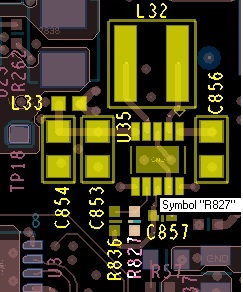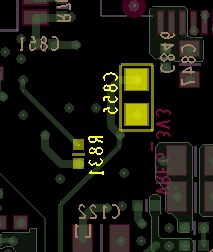Dear Team,
We are using 3.3V buck boost regulator (TPS63031DSKT) in our design and the Schematics is attached.
We request you to review and let us know the feedbacks.
Please let us know your feedbacks ASAP.
Thanks & Regards
NIBIN DAS S
NIBIN DAS S



